This article was co-authored by Julian Arana, M.S.eD., NCSF-CPT and by wikiHow staff writer, Megaera Lorenz, PhD. Julian Arana is a Personal Trainer and the Founder of B-Fit Training Studios, a personal training and wellness set of studios based in Miami, Florida. Julian has over 12 years of personal training and coaching experience. He is a certified personal trainer (CPT) by the National Council on Strength and Fitness (NCSF). He has a BS in Exercise Physiology from Florida International University and an MS in Exercise Physiology specializing in strength and conditioning from the University of Miami.
There are 13 references cited in this article, which can be found at the bottom of the page.
This article has been viewed 17,445 times.
Your calf can get “pulled” (or strained) when the muscles in the back of your lower leg are overstretched by physical activity. You may have a pulled calf if you notice symptoms such as pain or abnormal stretching in your leg, along with mild swelling, redness, or bruising.[1] In the first 3 days after the injury, you can do gentle exercises to maintain strength and promote healing. After that, start doing stretches to rebuild your pre-injury strength and mobility. You can also do regular warmups and stretches to keep your calves limber and prevent future pulls or strains.
Steps
Exercising the Muscle Immediately after the Injury
-
1Move your foot up and down slowly at the ankle. Sit on the floor with your injured leg stretched out in front of you. Keep your other foot planted flat on the floor with your knee bent. Gently and slowly flex the foot on the injured side downward, pointing your toes forward and away from your body. Gradually bring your foot back to the starting position, then flex it in the opposite direction, so that your toes face up and slightly toward your body.[2]
- Do 10 repetitions of this exercise.
- You may find it easier to do this exercise with the knee on your injured leg slightly bent at first. Gradually work your way up to doing it with your leg stretched out straight.
-
2Do ankle circles. Sit or lie down in a comfortable position. Point your toes and slowly rotate your foot and ankle in a circle. Repeat this exercise 10 times.[3]
- For the greatest benefit, rotate your foot and ankle 10 times in each direction (clockwise and counterclockwise).
Advertisement -
3Perform these exercises 4 to 5 times daily. Do the exercises slowly and carefully, so that you get a good stretch but do not aggravate your injury. You may have some discomfort, but stop if you feel pain.[4]
- If you’re not sure whether it’s safe to do these exercises with your injury, talk to your doctor or a physical therapist.
Stretching Your Calf as You Heal
-
1Try a deep calf stretch. After the first 3 days post-injury, you can start doing more intense stretches. Stand on a flat surface with your injured leg forward and your uninjured leg behind you. Lean forward slightly so that the knee on your injured leg extends over your foot, keeping your heel flat on the floor. You should feel a slight tightening in your calf muscles.[5]
- Hold this position for 15 seconds at a time and repeat 4 times. Allow your leg to rest for a few seconds between repetitions.
-
2Do wall stretches. Stand facing a wall and place your hands against the wall at shoulder level. Hold your injured leg straight and place it slightly behind you with your foot flat on the ground. Step forward with your uninjured leg and bend your knee at a 90° angle.[6]
- Stay in that position for around 15 seconds and repeat the stretch 4 times with brief rests in between.[7]
-
3Perform heel raises to build strength. Rest your hands on the back of a stable chair or another sturdy surface. Put both feet on the floor about shoulder-width apart. Slowly raise yourself up on your toes and the balls of your feet, putting as much weight on your hands as you need to.[8] Hold this position for about 5 seconds before slowly returning to the starting position.[9]
- You can repeat this exercise 4 times or do as many reps as you feel comfortable with.
- As you build strength, try raising yourself up on the injured leg alone. Try to work up to being able to do the same number of reps on both sides.
-
4Do these exercises 3 to 4 times a day until both legs feel the same. As your injured leg begins to heal and rebuild strength, test these stretches on both legs. Your goal is to be able to achieve an equal stretch and the same number of reps on both sides without additional discomfort or pain in the injured leg.[10]
- Always take care when doing these stretches not to make your injury worse. A little tightness or discomfort is to be expected, but stop if you feel pain.
Preventing Future Strains
-
1Let your calf heal completely before returning to your regular activities. If you are active or athletic, avoid jumping right back into activities that might re-injure your calf. Stick to gentle stretches and light exercise for the first 2 weeks after the strain, then gradually work your way back up to more intense activity. With proper care, you should be able to return to your regular activities within about 8 weeks.[11]
- Doing light exercises, such as swimming or walking, can help rebuild strength and promote healing during the first few weeks after you strain your calf.
- As your strain heals, avoid moderate and strenuous exercise, such as running, aerobics, dancing, and other high-impact exercises.
-
2Warm up before exercising. Warming up your muscles can increase blood flow and reduce the risk of strains and other injuries.[12] Do at least 6 minutes of warm-up before any strenuous activity. Talk to your doctor or physical therapist to create a healthy warm up for you. As an example warm-up routine, you could:[13]
- March in place for up to 3 minutes, pumping your arms with your elbows bent as you march.
- Alternate placing your left and right heels on the floor in front of you, punching out with both arms at the same time. Aim to do 60 heel digs in 60 seconds.
- Do 30 knee lifts. Alternately raise each knee at a 90° angle and touch the knee with your opposite hand. Keep your back straight and your stomach muscles tight as you do this. Aim for 1 knee lift per second.[14]
- Do 10 shoulder rolls, 5 forward and 5 backward. If you like, you can march in place while doing this.
- With your feet shoulder-width apart and your arms stretched straight out in front of you, carefully bend your knees and then straighten up to your starting position. Repeat this 10 times.
-
3Do static calf stretches to cool down after exercise. After working out, spend about 10 minutes cooling down with some deep stretches. Hold each stretch for no more than 30 seconds. Doing static stretches after a workout can help limber up your muscles and prevent tightness, aches, and injury.[15] Check with your doctor or physical therapist to get a good cool down workout for you. To stretch your calves, an example cool down might consist of:[16]
- The Downward Dog yoga pose.
- A calf stretch with a towel or resistance band. Sit on the floor with one leg bent and the other straight out in front of you. Wrap a towel or band around the foot on the straight leg and gently pull your foot back towards you until you feel a stretch in your calf. Switch sides after 15-30 seconds.
- A heel-drop stretch. Stand with the balls of your feet resting on the edge of a step or a box. Let one heel drop toward the floor while bending your other leg forward slightly at the knee. After 15-30 seconds, switch sides.[17]
Expert Q&A
-
QuestionShould you stretch a pulled calf muscle?
 Julian Arana, M.S.eD., NCSF-CPTJulian Arana is a Personal Trainer and the Founder of B-Fit Training Studios, a personal training and wellness set of studios based in Miami, Florida. Julian has over 12 years of personal training and coaching experience. He is a certified personal trainer (CPT) by the National Council on Strength and Fitness (NCSF). He has a BS in Exercise Physiology from Florida International University and an MS in Exercise Physiology specializing in strength and conditioning from the University of Miami.
Julian Arana, M.S.eD., NCSF-CPTJulian Arana is a Personal Trainer and the Founder of B-Fit Training Studios, a personal training and wellness set of studios based in Miami, Florida. Julian has over 12 years of personal training and coaching experience. He is a certified personal trainer (CPT) by the National Council on Strength and Fitness (NCSF). He has a BS in Exercise Physiology from Florida International University and an MS in Exercise Physiology specializing in strength and conditioning from the University of Miami.
Certified Personal Trainer The first thing you should do if you pull a calf muscle is get an athletic trainer, physical therapist, or doctor to determine the severity of the injury. If you can rehab it at home, start with rest, ice, compression, and elevation until the injury subsides a little bit. Then, you can start slowly stretching to improve your range of motion over time.
The first thing you should do if you pull a calf muscle is get an athletic trainer, physical therapist, or doctor to determine the severity of the injury. If you can rehab it at home, start with rest, ice, compression, and elevation until the injury subsides a little bit. Then, you can start slowly stretching to improve your range of motion over time.
Warnings
- A doctor can examine you and determine if your injury is a torn or pulled muscle. It's important that you find out for sure, as a torn muscle needs additional treatment in order to recover.⧼thumbs_response⧽
- If you’ve injured your calf, see your doctor or a physical therapist for an assessment of your condition. Talk to them about what kinds of stretches and exercises are safe and appropriate for you.⧼thumbs_response⧽
References
- ↑ https://www.healthline.com/health/pulled-calf-muscle#symptoms
- ↑ https://myhealth.alberta.ca/Health/aftercareinformation/pages/conditions.aspx?hwid=bo1613
- ↑ https://www.tims.nhs.uk/wp-content/uploads/2020/06/6.18-TIMS-Calf-Muscle-Injury-Draft.pdf
- ↑ https://www.tims.nhs.uk/wp-content/uploads/2020/06/6.18-TIMS-Calf-Muscle-Injury-Draft.pdf
- ↑ https://www.mayoclinic.org/diseases-conditions/muscle-cramp/multimedia/calf-stretch/img-20007902
- ↑ https://www.healthline.com/health/pulled-calf-muscle#stretches
- ↑ https://www.tims.nhs.uk/wp-content/uploads/2020/06/6.18-TIMS-Calf-Muscle-Injury-Draft.pdf
- ↑ https://www.tims.nhs.uk/wp-content/uploads/2020/06/6.18-TIMS-Calf-Muscle-Injury-Draft.pdf
- ↑ https://www.healthline.com/health/pulled-calf-muscle#stretches
- ↑ https://www.bostonsportsmedicine.com/pdf/protocols/calf_strain.pdf
- ↑ https://www.bostonsportsmedicine.com/pdf/protocols/calf_strain.pdf
- ↑ https://www.scoi.com/patient-resources/education/articles/how-avoid-pulled-muscle
- ↑ https://www.nhs.uk/live-well/exercise/how-to-warm-up-before-exercising/
- ↑ Julian Arana, M.S.eD., NCSF-CPT. Certified Personal Trainer. Expert Interview. 19 March 2020.
- ↑ https://www.scienceforsport.com/post-exercise-stretching/
- ↑ https://www.self.com/gallery/essential-calf-stretches
- ↑ Julian Arana, M.S.eD., NCSF-CPT. Certified Personal Trainer. Expert Interview. 19 March 2020.
- ↑ Julian Arana, M.S.eD., NCSF-CPT. Certified Personal Trainer. Expert Interview. 19 March 2020.
- ↑ https://www.verywellhealth.com/calf-strain-muscle-spasm-of-the-leg-2549855
- ↑ https://www.verywellhealth.com/how-to-ice-an-injury-2548842
- ↑ https://www.verywellhealth.com/calf-strain-muscle-spasm-of-the-leg-2549855
- ↑ https://www.verywellhealth.com/calf-strain-muscle-spasm-of-the-leg-2549855
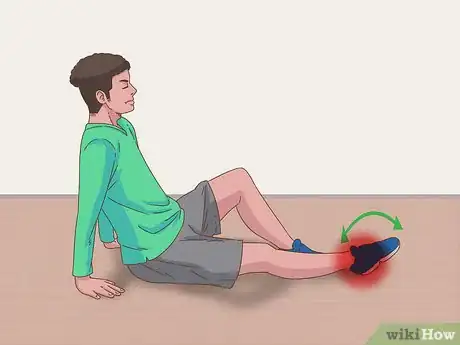
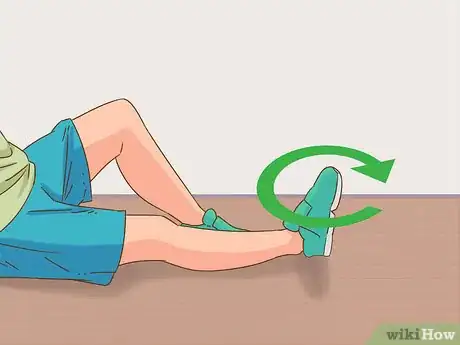
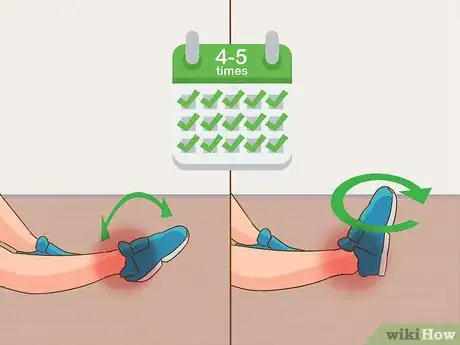
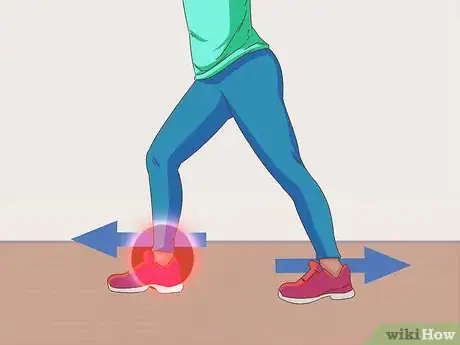
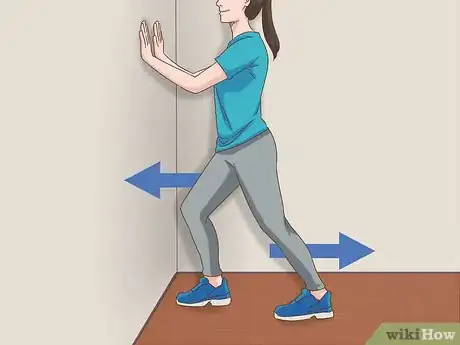
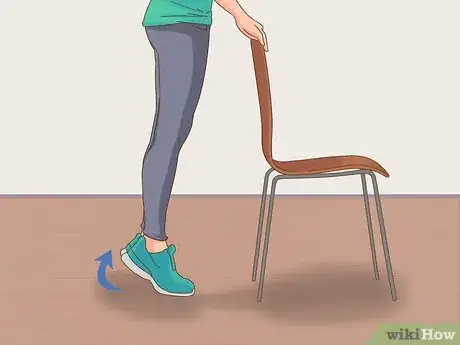
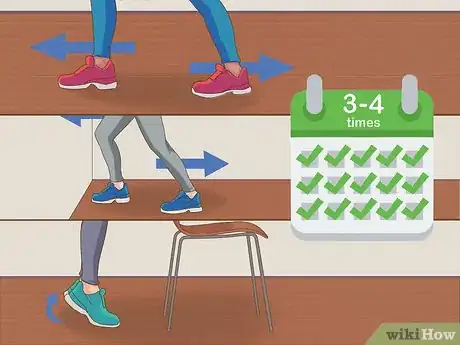

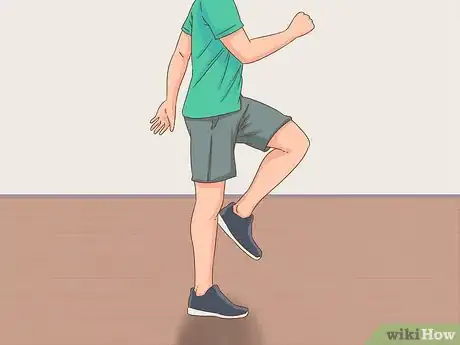

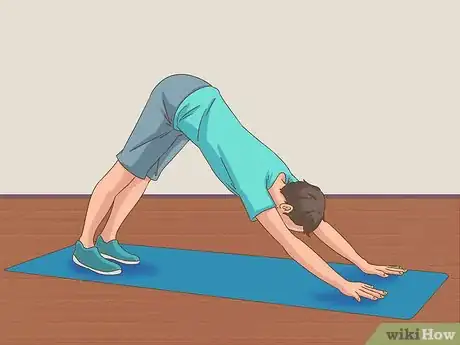
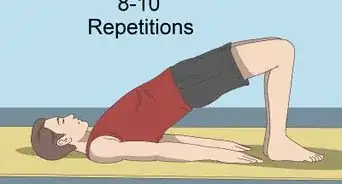
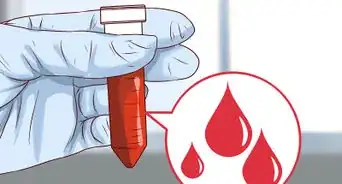
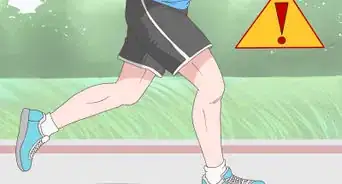
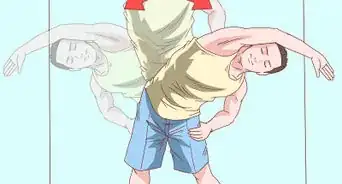
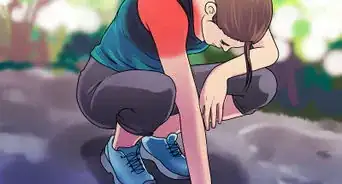
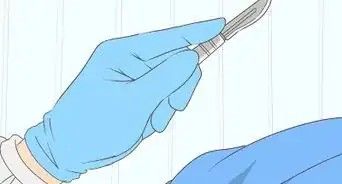
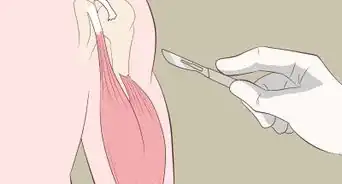
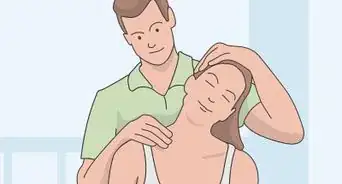
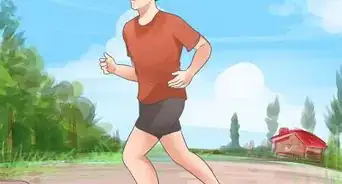







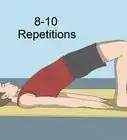
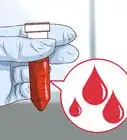
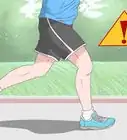
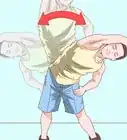



































Medical Disclaimer
The content of this article is not intended to be a substitute for professional medical advice, examination, diagnosis, or treatment. You should always contact your doctor or other qualified healthcare professional before starting, changing, or stopping any kind of health treatment.
Read More...